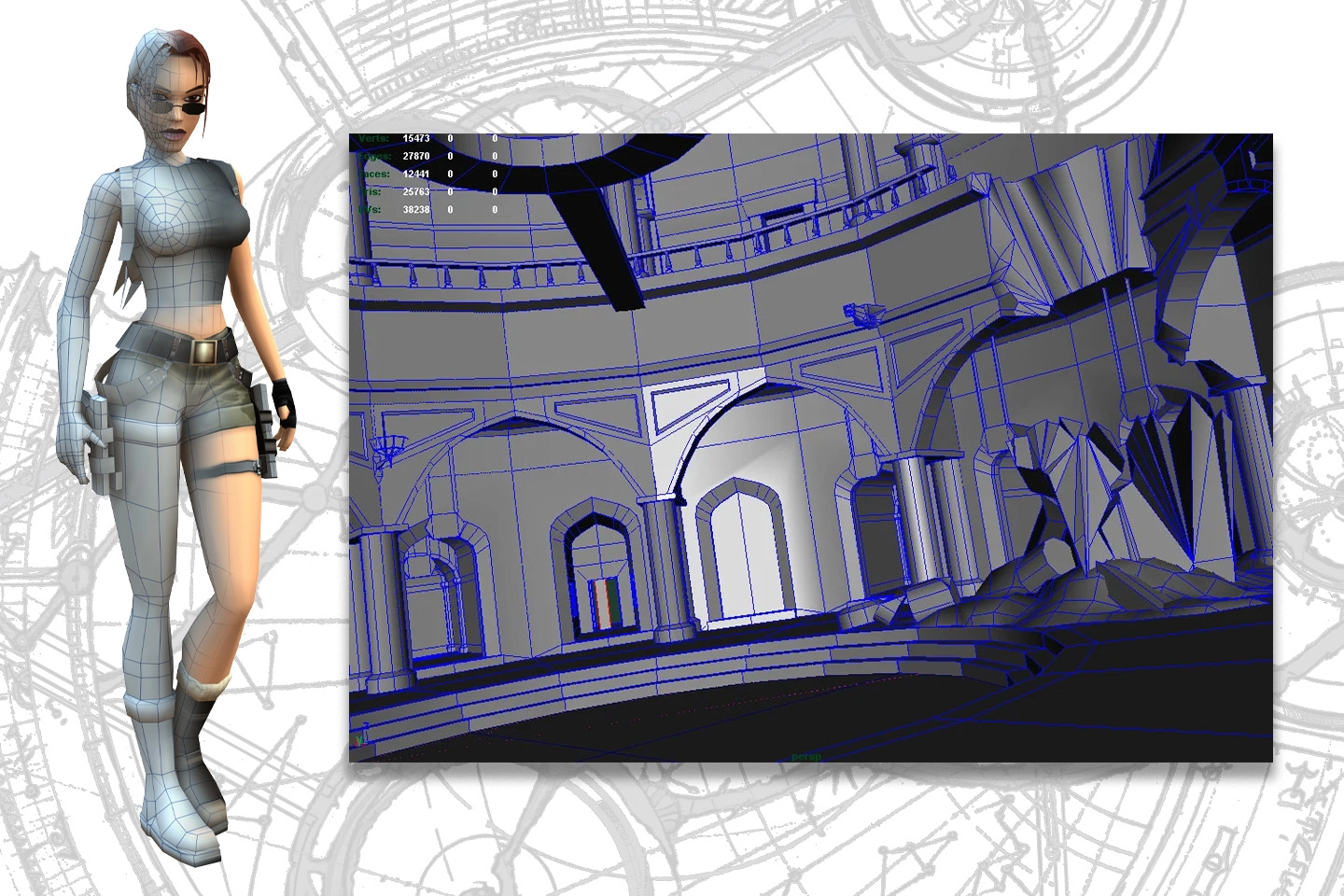In a revealing interview, industry veteran Richard Morton offers rare insights into the development of perhaps Lara Croft's most polarizing adventure, Tomb Raider: The Angel of Darkness. With a career spanning over 37 years and contributions to 29 titles, Morton's perspective provides a fascinating look at the challenges and creative decisions that shaped the franchise's ambitious PlayStation 2 debut.
From Classic Tombs to Dark Streets: The Evolution of Lara Croft
Morton's journey with Tomb Raider began with the original 1996 game, where he influenced level design and story discussions. He later worked on Tomb Raider II as an artist and level designer, crafting the iconic Temple of Xian level with assistance from Heather Stevens (née Gibson). His contributions continued through the classic era titles before he became lead game designer on The Angel of Darkness.
When asked about the game's darker tone, Morton explained that change was inevitable: "We always knew Angel of Darkness had to be different, from the even more involved story to the unknown power of the PlayStation 2, to how Lara had to be reborn... things had to change, the industry had changed." The team looked to contemporary titles with mature themes, feeling they needed to push the franchise in a more sophisticated direction.
Hardware Hurdles: The PlayStation 2 Challenge
The transition to new hardware presented significant obstacles. "We started developing the game before we had final development hardware," Morton revealed. "We were building very large and complex environments in Maya which the final hardware just couldn't handle both in terms of memory size and on the processor."
These limitations forced the team to simplify environments and split levels into smaller sections, introducing loading screens that Morton "didn't like at all." The absence of their trusted PS1 level editor further constrained what designers could achieve. The hardware leap that should have enabled greater creative freedom instead introduced unexpected limitations.
A Narrative Partnership
Morton worked closely with lead narrative designer Murti Schofield to integrate story and gameplay. "Murti and I got on very well and hit it off right away," he shared. "His work on the story and narrative structure was excellent, allowing us to really focus on how the story would work within the game."
This collaboration led to adjustments in the storyline to include more tomb environments—a response to fan feedback that previous entries had strayed too far from archaeological exploration. However, their biggest challenge came when development pressures forced them to cut the game in half, abandoning planned locations in Germany and Cappadocia for a sequel that would never materialize.
The Casualties of Development
Among the most significant losses was the full implementation of Kurtis Trent's psychic abilities. "We simply didn't have time to add his true abilities," Morton explained. "They were designed and animated, but we didn't have time to code them."
Another casualty was the original training level set in a large cavern system that would have introduced Putai, Lara's mentor and healer, who would appear both in person and as a spectral hawk throughout the game. This system would have better explained the upgrade mechanics and provided more narrative guidance—a feature lost to time constraints.
Favorite Creations: From Temple of Xian to Hall of Seasons
Reflecting on his favorite levels throughout the franchise, Morton cited the Temple of Xian from Tomb Raider II as especially meaningful as it was his first fully built Tomb Raider level. From Tomb Raider III, the Area 51 UFO hangar and Madubu Gorge stand out, with the latter even inspiring a fan to become a professional kayaker.
For The Last Revelation, Morton created the Tomb of Seth with its guide-assisted trap navigation, though he particularly enjoyed designing the Desert Railroad for its unique gameplay situations. In Chronicles, he returned to Von Croy's character with Lara infiltrating VCI Tower, with the Red Alert level presenting exciting challenges as Lara is pursued by a helicopter gunship.
From Angel of Darkness, despite losing his original favorite training level with Putai, Morton names the Hall of Seasons as his favorite level that made it to the final game, appreciating its classic Tomb Raider traps and puzzles that connected to the series' roots.
The Ambitious Vision Behind the Flawed Reality
The Angel of Darkness represents a fascinating moment in Tomb Raider history—a game with immense ambition constrained by technical limitations and development realities. Morton's insights reveal a game caught between generations, attempting to evolve while maintaining what made the series special.
Despite its troubled development and mixed reception, The Angel of Darkness introduced concepts like upgrade systems that became industry standards. Its mature narrative and atmospheric approach would later influence the franchise's 2013 reboot, proving that even in its perceived failure, the game helped shape Lara Croft's future.
For fans interested in exploring more of Richard Morton's work, they can visit his website or check out the behind-the-scenes features and Raidercast's in-depth look at the creation of The Angel of Darkness, where Morton joins other key team members to discuss the game's development.
TLDR;
Richard Morton, lead designer on Tomb Raider: Angel of Darkness, reveals how technical challenges with PlayStation 2 hardware forced major compromises to the game's ambitious vision. The team had to cut the game in half, abandon planned locations, and sacrifice features like Kurtis Trent's full psychic abilities. Despite these setbacks, the game pioneered mature elements and upgrade systems that would influence both the franchise and gaming industry at large.
